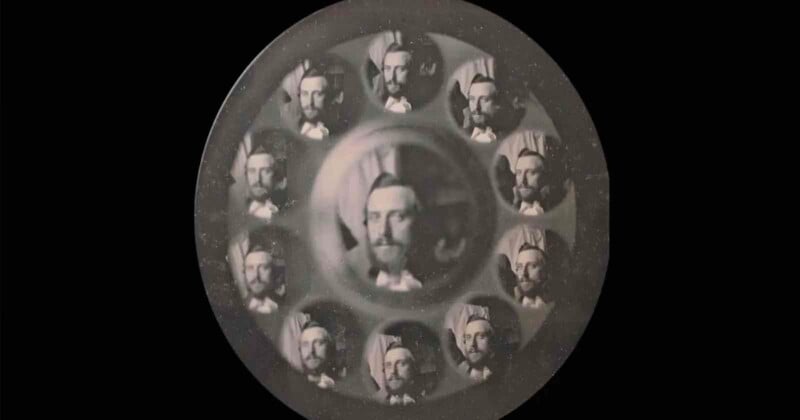This Sorcerer’s Mirror Selfie Was Taken 178 Years Ago

A photographer’s daguerreotype that was taken using a “sorcerer’s mirror” in 1845 may be the oldest surviving mirror selfie.
According to a report by Boing Boing, the fascinating self-portrait, was taken 178 years ago by French photography pioneer Charles Nègre.
For years, Nègre’s daguerreotype was hidden from history until it surfaced in the Swiss art market. The self-portrait was then acquired by Peter and Ruth Herzog, who now rank among the world’s leading photography collectors.
“The reasons for this important document’s long concealment can only be speculated about,” says collector Peter Herzog, per Boing Boing. “Perhaps, due to its significance to Nègre, it always remained in his family’s possession.”
How Charles Nègre Captured His ‘Sorcerer’s Mirror’ Selfie
In a study published in 2014, photography expert Rudolf Gschwind verified exactly how Nègre created the 3D self-portrait using a sorcerer’s mirror.
A sorcerer’s mirror, or witch’s mirror, was an ingenious piece of 19th-century surveillance technology. These convex mirrors, which were used from the 1500s, allowed homeowners to monitor entire rooms from a single vantage point without needing to turn their heads.
Nègre’s own mirror featured eleven reflective surfaces: ten small medallions surrounding a larger central one, all set in an unusual concave base. The sorcerer’s mirror would have hung on the front wall of a rectangular room in front of a white cloth.
Nègre would have posed to the side of the mirror that was positioned against the white cloth. He then photographed his own reflection by pointing the camera over his shoulder. The result is a mesmerizing daguerreotype showing his face multiplied eleven times through the mirror’s distorting surfaces.
The portrait, entitled Charles Nègre in the ‘Witches’ mirror’ was on display in Kunstmuseum Basel in Basel, Switzerland — with the exhibition curators describing the piece as “a staging of the photographer by the photographer” in the 19th century.
“‘Who am I?’ asks Nègre (in the spirit of the Oracle of Delphi). His daguerreotype provides an answer,” Kunstmuseum Basel curators Paul Mellenthin and Olga Osadtschy write.
“There are many facets to the human ego. Hence it is impossible to know (or recognize) oneself clearly. This entirely unique image is like no other in the world. In its multidimensionality, it is perhaps the most meaningful work in our collection.”
Charles Nègre (1820–1880) was a French photographer and painter who played a key role in elevating photography to an art form. Initially trained as a painter, he embraced photography in the 1840s, using the calotype process to capture everything from Paris street scenes to architectural wonders. His famous photo series The Chimney Sweeps (1851) shows Parisian workers with striking realism.